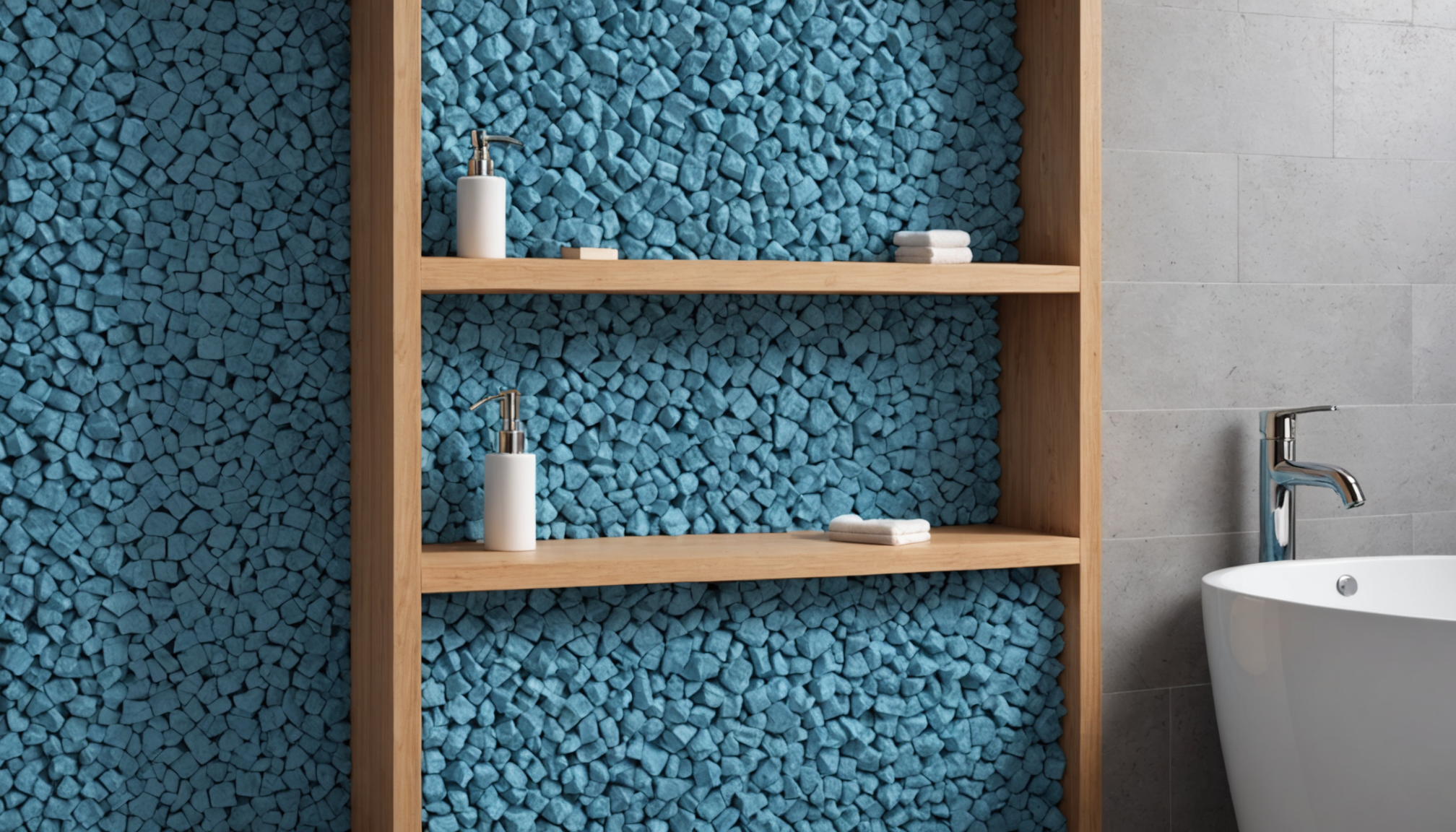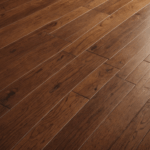Insulating your bathroom is an essential upgrade that offers numerous advantages beyond just enhancing the comfort of your home. When you decide to insulate this vital area, you will experience significant improvements in energy efficiency, noise reduction, and even long-term durability of your bathroom fixtures and structure.
One of the primary benefits of bathroom insulation is improved energy efficiency. An effectively insulated bathroom reduces heat loss during colder months and prevents excess heat from entering during warmer months. This insulation not only contributes to a more stable indoor climate but also leads to lower utility bills, offering a cost-effective solution to maintaining household comfort without over-relying on heating or cooling systems.
In addition to energy savings, bathroom insulation plays a pivotal role in noise reduction. Bathrooms are typically close to bedrooms or common living areas, and insulation helps mitigate the transfer of sound. This becomes especially valuable during early morning or late-night hours, where reducing sound transmission enhances the privacy and tranquility of your home environment. Improved soundproofing ensures that the sounds of water running or plumbing activity do not disrupt the peace within your home.
Moreover, by insulating the bathroom, you protect its structural components and fixtures from moisture-related issues. Insulation acts as a barrier that reduces condensation buildup, which can lead to mold and mildew. This protective measure not only helps maintain the aesthetic appeal of your bathroom but also prolongs the lifespan of fixtures and materials, resulting in cost savings on repairs and replacements.
From an economic perspective, upgrading your bathroom insulation can also increase your property’s overall value. Homebuyers are increasingly looking for energy-efficient properties, and insulated bathrooms are part of this growing trend. When it comes time to sell, having an insulated bathroom might give you a competitive edge in the real estate market, potentially leading to a quicker sale at a favorable price.
The benefits of insulating a bathroom can be encapsulated in the following table, which compares key aspects of insulated versus non-insulated bathrooms:
| Aspect | Insulated Bathroom | Non-Insulated Bathroom |
| Energy Efficiency | High | Low |
| Noise Reduction | Significant | Minimal |
| Moisture Control | Enhanced | Poor |
| Maintenance Costs | Lower | Higher |
| Property Value | Increased | Unaffected |
While some homeowners might consider managing this upgrade independently, hiring pros to handle bathroom insulation ensures that the installation is done accurately and efficiently. Professionals possess the expertise to address unique challenges and leverage the best materials suited for your home’s specific needs, aligning with current insulation trends to maximize both efficiency and sustainability.
choosing the right insulation materials
Selecting the appropriate insulation materials for your bathroom is crucial for achieving optimal performance. To make an informed decision, you’ll need to consider factors such as moisture resistance, thermal properties, and ease of installation. Here’s a step-by-step guide to help you choose the best materials for insulating your bathroom:
- Evaluate Moisture Resistance: Bathrooms are high-humidity areas, making moisture resistance a top priority. Look for materials that have inherent moisture repellence.
- Closed-cell spray foam is highly water-resistant and can form an effective vapor barrier, making it an ideal choice for bathroom insulation.
- Rigid foam board insulation like extruded polystyrene (XPS) also offers excellent moisture resistance and can be a good choice for walls or ceilings.
- Consider Thermal Properties: To optimize energy efficiency, choose materials with a high R-value, which measures the material’s ability to resist heat flow.
- Higher R-value materials like fiberglass batts or rock wool are generally more effective at reducing heat loss.
- Balance this with moisture concerns, as some high R-value materials may need additional layers or coatings to handle bathroom humidity.
- Assess Soundproofing Needs: Many homeowners prioritize noise reduction in bathrooms to enhance privacy.
- Rock wool insulation is known for its excellent soundproofing properties as well as its moisture resistance.
- If noise reduction is a major concern, you might want to use additional acoustic panels along with traditional insulation materials.
- Review Installation Methods: Consider the ease of installation for each material, especially if you’re planning to install it yourself or if you intend to hire pros.
- Fiberglass batts are commonly available and relatively easy to install, making them a popular DIY option.
- Spray foam can be more complex to apply, typically requiring professional installation to ensure proper coverage and performance.
- Check Environmental Impact: Eco-friendly options are increasingly popular, aligning with modern trends toward sustainability.
- Cellulose insulation, made from recycled paper, offers a green alternative with decent moisture and thermal performance.
- Check for materials with low VOC emissions to ensure healthier indoor air quality.
- Budget Considerations: Finally, consider the cost implications of different materials. While some materials may have a higher upfront cost, their energy-saving benefits can lead to savings in the long run.
- Balance budgetary constraints with long-term benefits, especially when selecting premium but costlier options like spray foam.
- Remember that hiring pros for installation can add to initial costs but might be necessary for more challenging materials.
By thoroughly evaluating these factors, you can select insulation materials that provide the best balance of moisture resistance, thermal efficiency, soundproofing, and environmental friendliness for your bathroom, ensuring comfort and durability for years to come.
step-by-step installation guide
To successfully insulate your bathroom, it’s essential to follow a step-by-step installation guide that ensures the effectiveness and longevity of your chosen insulation materials. Start by preparing the area thoroughly. Remove any existing drywall or paneling to expose the wall studs and ensure that the space is clean and dry. This prevents issues with moisture accumulation and allows for a more efficient installation process.
Next, measure and cut your insulation materials to fit snugly between the wall studs, ceiling joists, or floor beams. If you’re using fiberglass batts, be certain to wear protective clothing and a mask to avoid irritation, as tiny fibers can become airborne. Place the batts into position, ensuring there are no gaps or compressions, as these can reduce the insulation’s effectiveness.
For areas prone to high moisture, such as around showers and tubs, consider using closed-cell spray foam insulation. This material excels in moisture resistance, providing both thermal insulation and acting as a vapor barrier. Spray foam requires careful application, typically necessitating hiring pros to achieve an even coverage and meet manufacturer specifications. This ensures optimal performance and adherence to safety standards.
If installing rigid foam boards, secure them with adhesive or nails. Pay close attention to sealing the edges with waterproof tape or sealant to prevent water ingress. This not only enhances the insulation’s thermal properties but also protects against mold growth by sealing out potential moisture.
When insulating around plumbing fixtures, take extra care to cut the insulation precisely around pipes while ensuring it doesn’t impede their function. Avoid compressing the insulation too tightly around the pipes, as this might lead to issues with the plumbing over time. If using spray foam in these areas, apply a thinner layer to allow expansion space and prevent undue pressure on the plumbing.
Finally, install a vapor barrier over the insulation before replacing the drywall or ceiling panels. This step is crucial in tackling moisture and mold issues, an essential consideration in maintaining your insulated bathroom’s functionality and aesthetics. Use polyethylene sheets or a combination of vapor barrier paint in a well-sealed manner to serve as an additional layer of protection against moisture.
Incorporating these detailed steps ensures that your bathroom insulation aligns with modern trends in energy efficiency and moisture control while optimizing for soundproofing as well. The investment in time and resources not only enhances the comfort of your home but also protects your bathroom’s structural integrity. Whether you’re executing this as a DIY project or hiring pros for more complex installations, following these guidelines guarantees a successful and sustainable outcome.
tackling moisture and mold issues
Addressing moisture and mold in your bathroom is pivotal for ensuring that your insulation efforts are successful and enduring. Bathrooms naturally generate a high level of humidity due to the frequent use of hot water, which can create an ideal environment for mold and mildew if not properly managed. Implementing effective strategies to control moisture is not just about protecting your investment in insulation but also safeguarding the health and safety of your household.
One of the most proactive steps you can take is to ensure your bathroom is equipped with an efficient ventilation system. Regular use of an exhaust fan, capable of removing humid air rapidly, helps regulate moisture levels and prevents it from seeping into walls and other surfaces where mold could thrive. Installing a fan with a humidity sensor provides automated control, activating it when moisture levels spike and deactivating once they normalize, thus providing a hands-free approach to moisture management.
In addition to mechanical ventilation, pay attention to the choice of materials used around your bathroom. Opt for water-resistant finishes and mold-resistant drywall to create an additional layer of defense. When installing tiles, ensure that grout lines are sealed with a water-repellent sealant, and consider permeable sealers for natural stone to prevent water from penetrating and causing damage from within.
It’s also crucial to apply a high-quality vapor barrier when insulating. As highlighted in the installation process, vapor barriers play a vital role in preventing moisture infiltration. Choosing the right type of vapor barrier aligns with modern trends in moisture control; polyethylene sheets or vapor barrier paints are effective countermeasures against dampness and can significantly inhibit mold growth.
Conduct regular inspections in your bathroom to catch any signs of moisture or mold issues early. Check for discoloration, damp spots, or a musty odor, which are telltale signs of potential mold trouble. Address leaking plumbing fixtures swiftly, as even small leaks can accumulate over time, contributing to significant moisture problems.
Should mold find its way in despite your best efforts, it’s prudent to address it promptly and thoroughly. While minor spots can often be cleaned with a mold-killing cleaner and a scrub brush, extensive infestations might require the intervention of professionals. Hiring pros who specialize in mold remediation ensures that the problem is tackled comprehensively and prevents recurrence.
Remember, tackling moisture and mold is not just a one-time effort but an ongoing process. Regular maintenance, coupled with proactive moisture management techniques, will help keep your insulated bathroom in top condition. Implementing these strategies will not only protect your investment but will enhance the comfort and safety of your home, keeping it cozy, energy-efficient, and free from the worries of mold and mildew over the long term.
maintaining your insulated bathroom
To keep your newly insulated bathroom functioning optimally and to prolong its benefits, regular maintenance is key. Begin by conducting routine inspections to ensure everything remains in good condition. Check for any signs of wear or damage to the insulation, such as gaps or compressions, especially after heavy use or seasonal changes. Pay particular attention to areas around plumbing fixtures, which can be prone to leaks and condensation. If you notice any issues, address them promptly to prevent more extensive damage or mold development.
Ventilation systems play a crucial role in maintaining an insulated bathroom, allowing moisture to escape and reducing the risk of mold growth. Regularly clean and inspect your exhaust fan to ensure it operates efficiently. If the fan’s performance seems diminished, consider upgrading to a newer model with higher air exchange capacity or consider additional features like humidity sensors, which can automatically regulate airflow based on moisture levels.
Furthermore, sealants and caulking used in your bathroom can degrade over time, compromising their effectiveness. Inspect these areas periodically and reapply as necessary to maintain a waterproof barrier around tubs, showers, and sinks. This step is critical in preventing water from infiltrating the insulation or structural elements beneath.
Adhering to modern trends in eco-friendly maintenance, consider using low-VOC cleaning products to preserve indoor air quality while caring for your bathroom surfaces. These products help extend the life of finishes and reduce chemical exposure, benefiting both the environment and your health.
Hiring pros for annual checkups can be a wise decision, particularly if you lack the time or expertise to manage the maintenance yourself. Professionals bring a keen eye for detail and can identify issues that might be missed otherwise, ensuring that your insulation remains effective and your bathroom stays energy-efficient.
By integrating these maintenance practices, you safeguard your investment in an insulated bathroom. Regular care not only sustains the energy-saving benefits and noise reduction but also keeps your bathroom environment fresh and pleasant. This proactive approach aligns with current trends in sustainable home care, ensuring comfort and durability for years to come.
In conclusion, insulating your bathroom is a valuable investment that enhances comfort, efficiency, and property value. By selecting the right materials and following a meticulous installation process, you can achieve optimal insulation benefits. Coupling these efforts with effective moisture management and regular maintenance ensures your bathroom remains a cozy, energy-efficient, and durable space. With these strategies in place, you’ll enjoy a well-insulated bathroom that stands the test of time.


